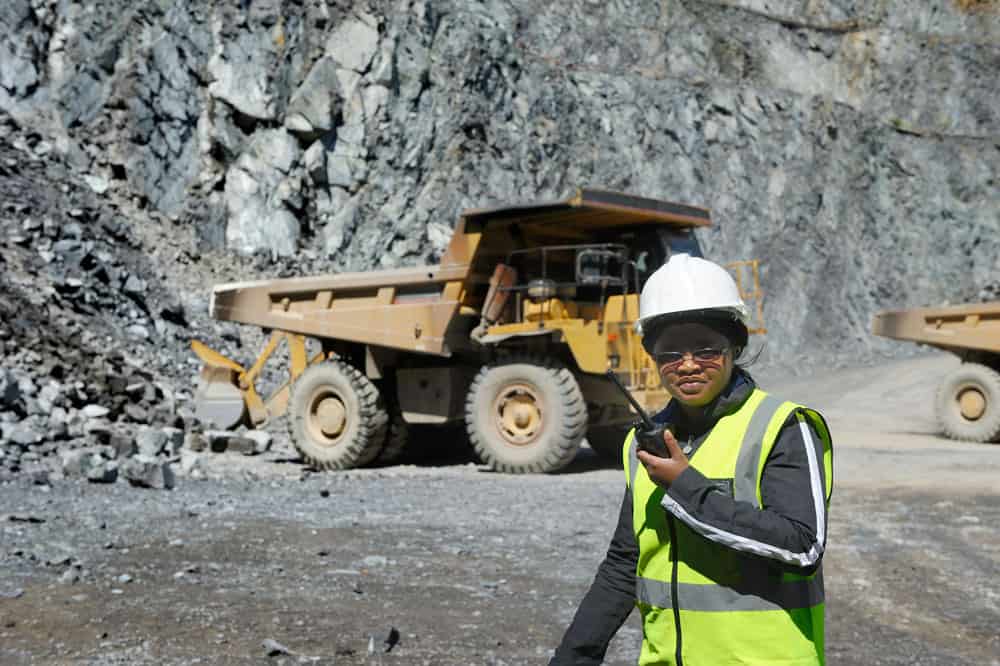Mining is a powerful force that can shape affected communities. The social changes that accompany a mining project will predictably interact with established community norms and power structures. Historically, the mining sector has served to reinforce gender inequalities by guiding financial benefits toward men while burdening women with a disproportionate share of environmental and social burdens.
However, governments can use good policy instruments that go beyond simple harm reduction to ensure that mining actively helps remedy longstanding gender inequalities.
How can governments get there? We break down five recommendations below.
Create a Community Fund for Women’s Resources
Community funds are an excellent way to enrich and empower people in mining communities. Governments can create a community fund to invest in these communities, with local women managing the fund and making funding decisions alongside other stakeholders.
Support Women in Business
Policy-makers can help women’s organizations, entrepreneurs, and leaders in two ways: through investing and breaking down barriers.
Policy-makers should invest in local and grassroots organizations that train women to take leadership and decision-making roles, fostering their empowerment in the community.
Governments can support women entrepreneurs by creating accessible processes for forming mining co-operatives and associations. These processes should include guidance via reports, brochures, social media, websites, and agency offices in the community.
Promote Gender Equality in Supply Chains
Local content policies can ensure mining operations contribute to local and long-term socio-economic opportunities in mining supply chains through, for example, direct employment, local procurement, and linkages to non-mining sectors. Women are often excluded from these supply chains. As such, governments should craft inclusive laws that are responsive to the challenges women face and consider using targeted measures—such as quotas—to help women entrepreneurs take advantage of effective local content policies.
Launch Awareness Campaigns
Public awareness and support are critical to advancing gender equality. Policy-makers should collaborate with community leaders, women’s groups, and local administrations to plan and launch awareness-raising campaigns targeting mining-affected communities. These can include women’s empowerment campaigns or gender-based violence prevention workshops with men and boys.
Strengthen Community Oversight of Mining Projects
Mining projects must be monitored so environmental impacts can be measured and mitigated. Governments can establish community or participatory monitoring schemes that specifically involve women in important work such as water sampling or biodiversity monitoring. Involving local women can strengthen the legitimacy of monitoring processes and results while reducing community tensions. It can also specifically help the sector earn the trust of women, who can face unique health challenges due to mining.
Our report Gender in Mining Governance: Opportunities for Policy-Makers, available in English, French, and Spanish, describes 25 mining sector policy options to promote gender equality across seven areas: legislation, stronger institutions, land acquisition, impact assessments, community development, women’s safety and security, and crisis management. We also invite you to explore Gender in Mining Governance: An Annotated Bibliography for Large-Scale Mining.

